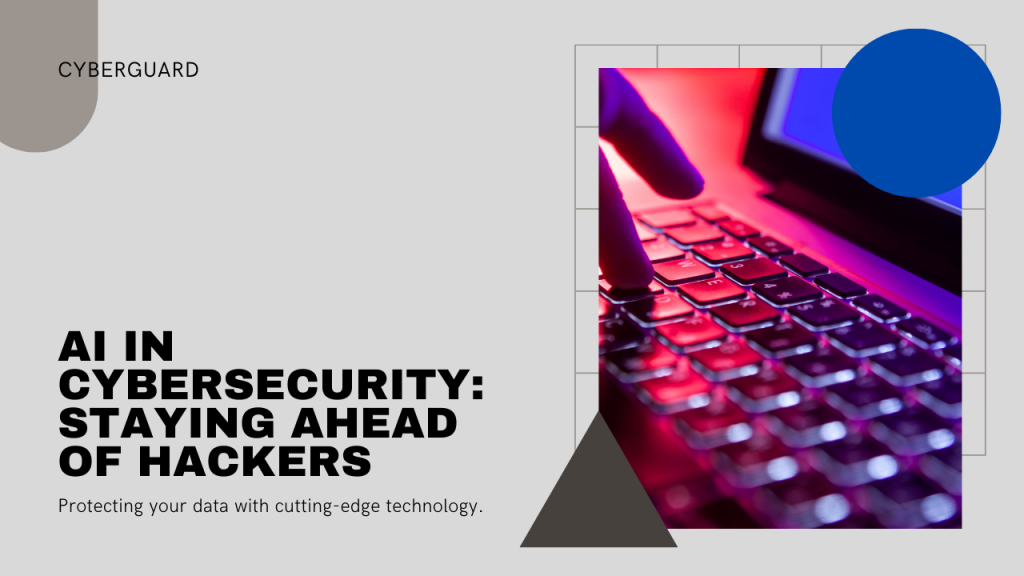In order to strengthen their cybersecurity defenses, enterprises are turning to artificial intelligence (AI) as cyber threats continue to develop in sophistication and complexity. AI-powered solutions provide a proactive and adaptive way to recognize and mitigate any hazards in real-time, from threat detection to incident response.
Threat identification and analysis is one of the main uses of AI in cybersecurity. Large volumes of data from user behavior, system activity, and network logs can be analyzed by machine learning algorithms to find patterns and abnormalities that point to malicious activity. AI-powered systems can adapt to new threats and emerging attack vectors by training on previous data and regularly updating their models. This helps enterprises detect and respond to cyber threats more effectively.
Furthermore, threat hunting and incident response activities can benefit from increased accuracy and efficiency thanks to AI. In heterogeneous security environments, sophisticated algorithms and autonomous agents can autonomously prioritize threats, look into alarms, and plan reaction measures. By reducing the workload for security analysts and speeding up the process of detection and remediation, this lessens the effect that cyber incidents have on the day-to-day operations of organizations.
Artificial intelligence (AI) can be used to enhance more conventional security measures like access control and authentication in addition to threat detection and response. Real-time user activity analysis by behavioral biometrics and anomaly detection algorithms can identify indications of compromised credentials or unwanted access.
Artificial intelligence (AI)-powered solutions can improve an organization’s security posture and reduce the danger of insider attacks by continuously monitoring user behavior and modifying authentication procedures in accordance with risk assessments.
AI can also be very helpful in predictive cybersecurity, which uses machine learning algorithms to foresee and prevent possible security problems before they become real. Organizations may proactively discover and manage vulnerabilities in their systems and infrastructure with the use of AI-powered predictive analytics, which analyzes historical data, spots developing trends, and extrapolates future risk scenarios.
Though AI has a great deal of promise to improve cybersecurity defenses, it is not without its difficulties and restrictions. AI-powered systems can only be as good as the data they are trained on, and malicious parties may try to trick or hide from detection by taking advantage of holes in AI algorithms. Furthermore, ethical and privacy issues are brought up by the application of AI in cybersecurity, particularly in relation to the gathering and use of personal data for threat detection.
AI’s role in cybersecurity will only grow and change in a world that is becoming more digitally linked. Organizations may remain ahead of cyber threats and safeguard against new risks in a constantly evolving threat landscape by utilizing artificial intelligence to supplement human expertise and automate security processes.


